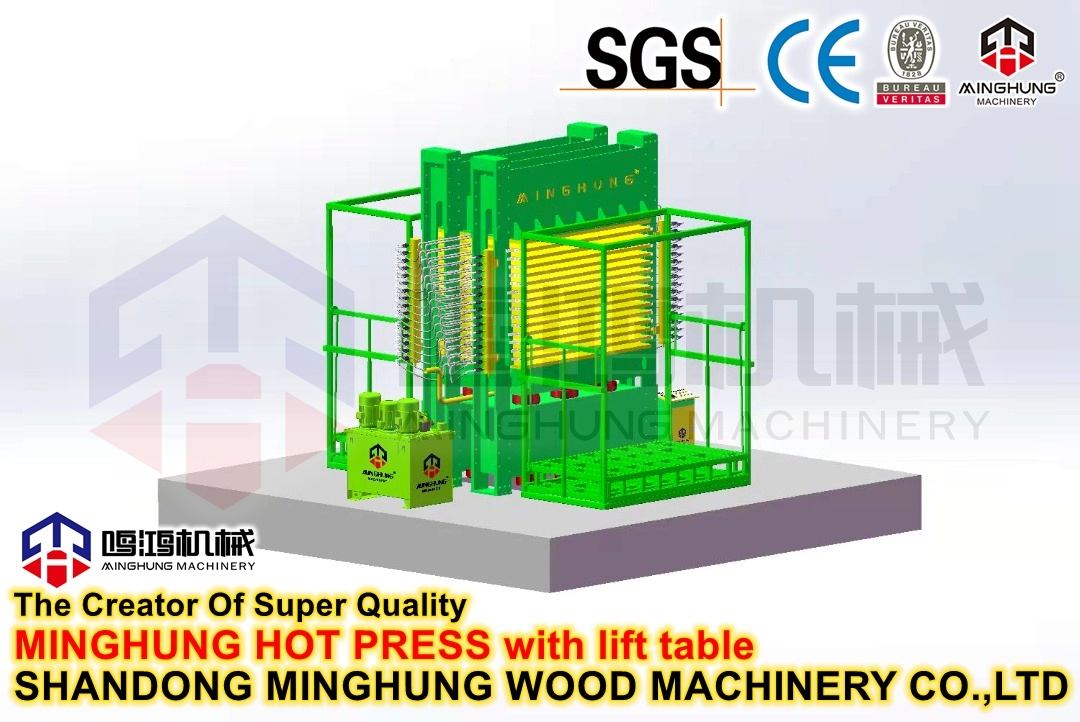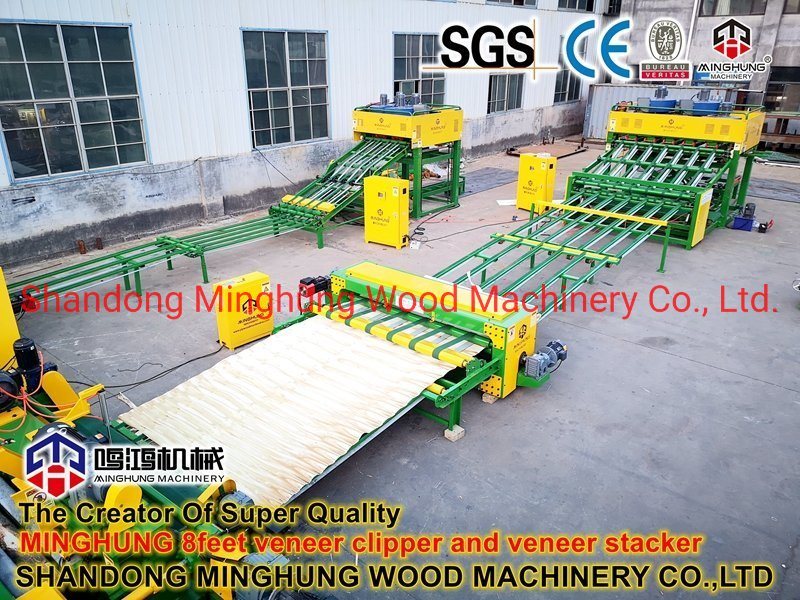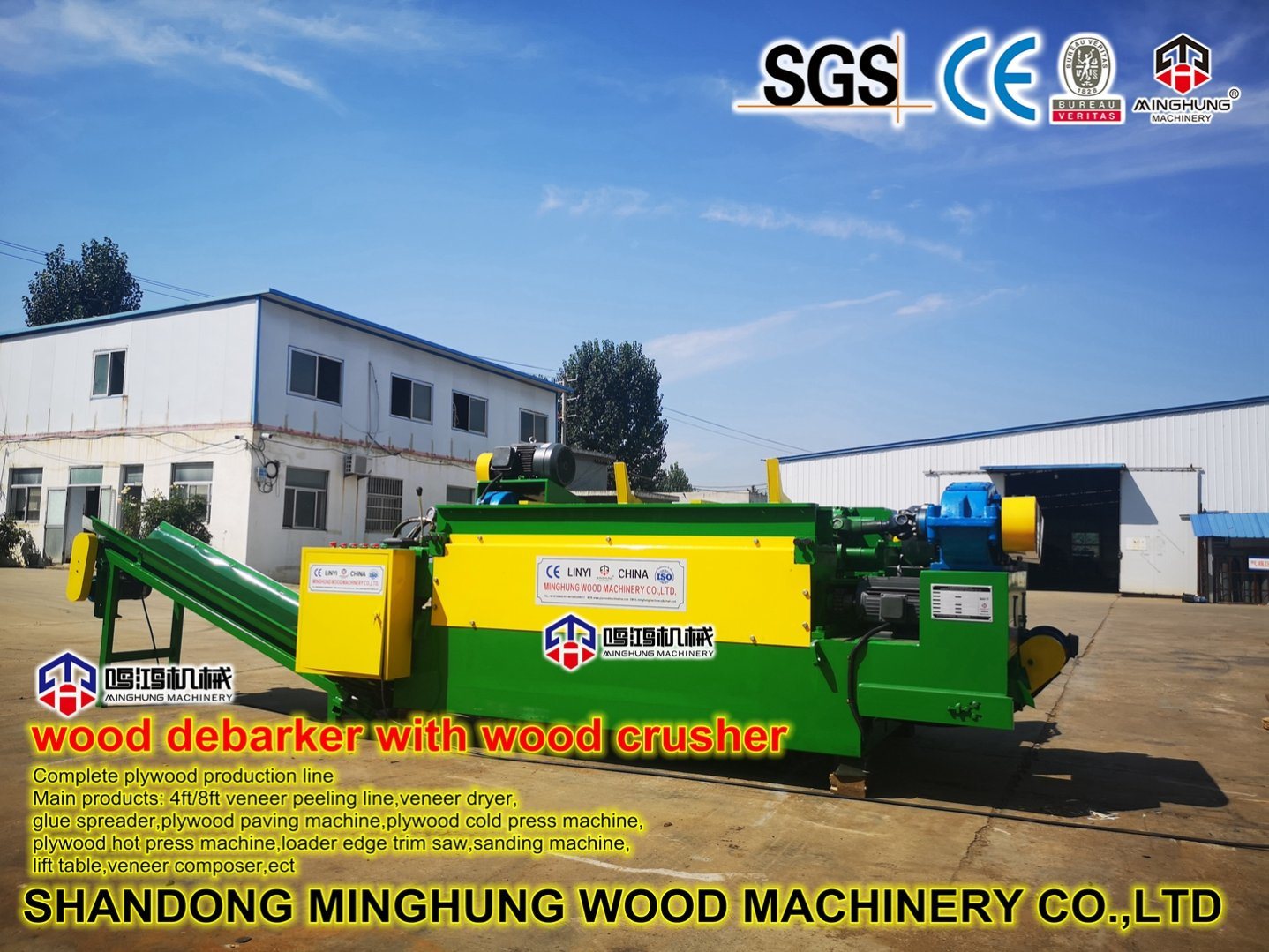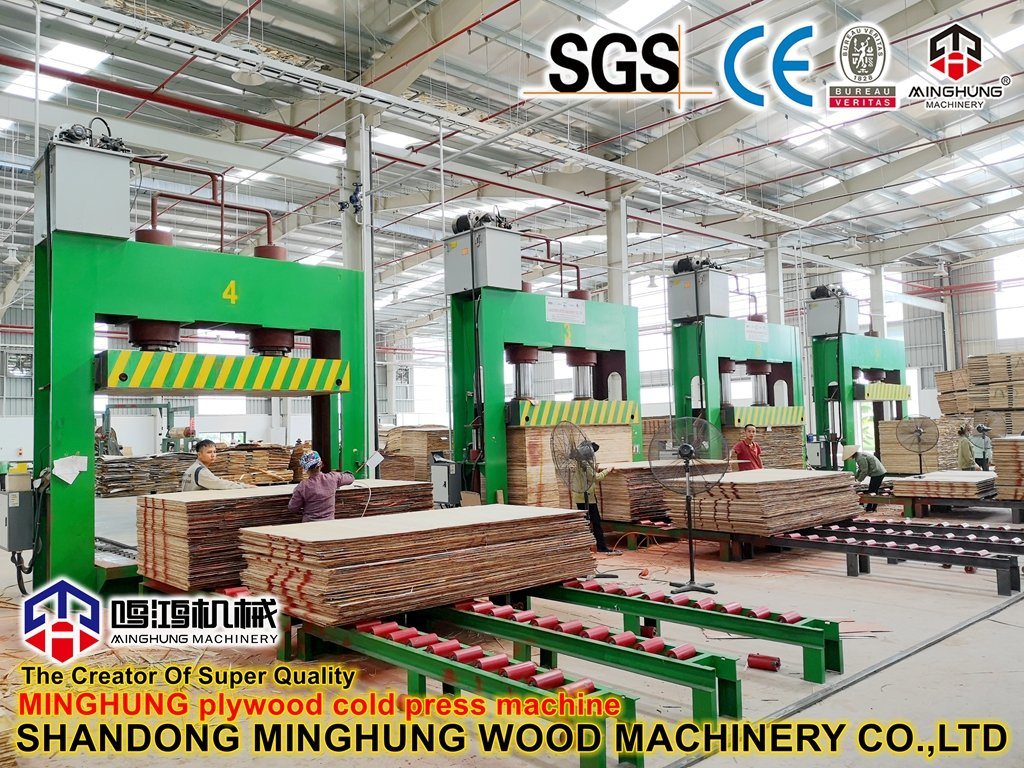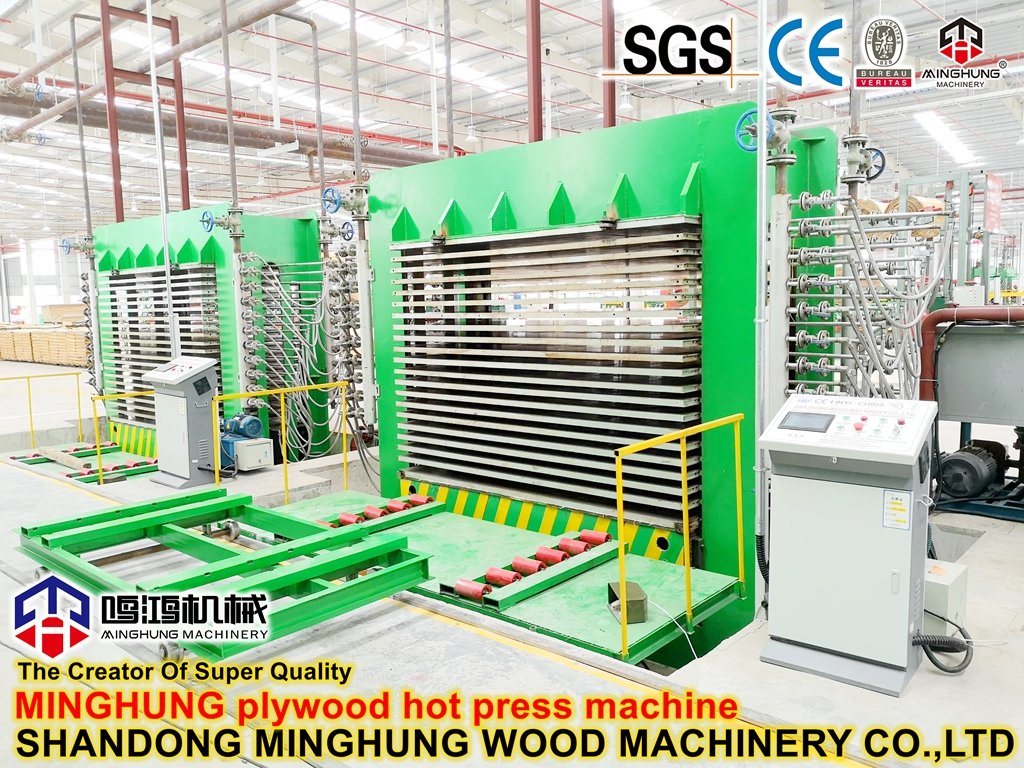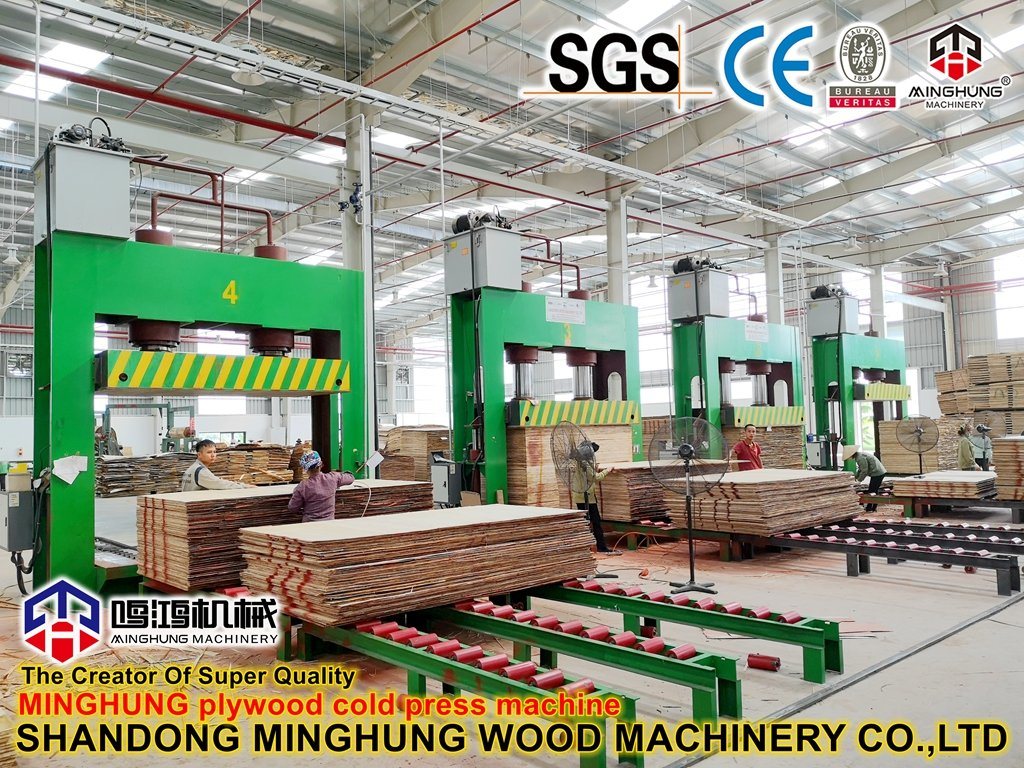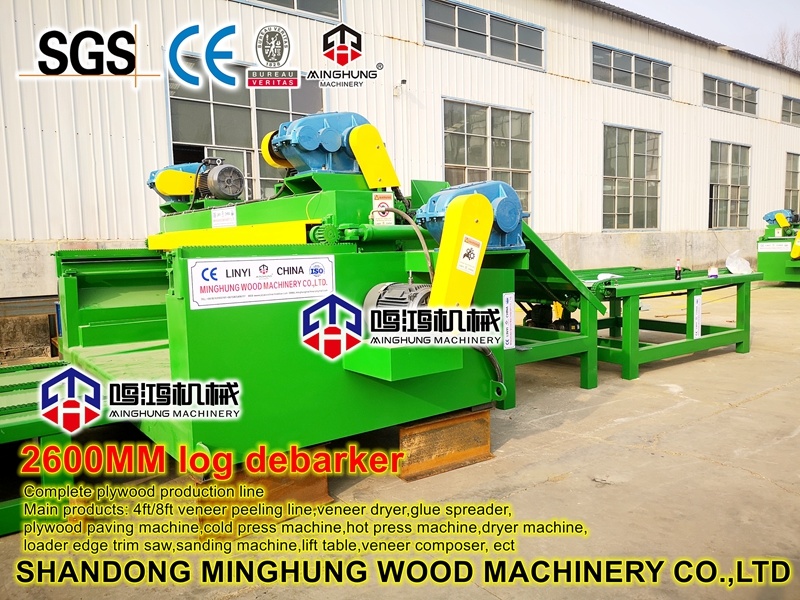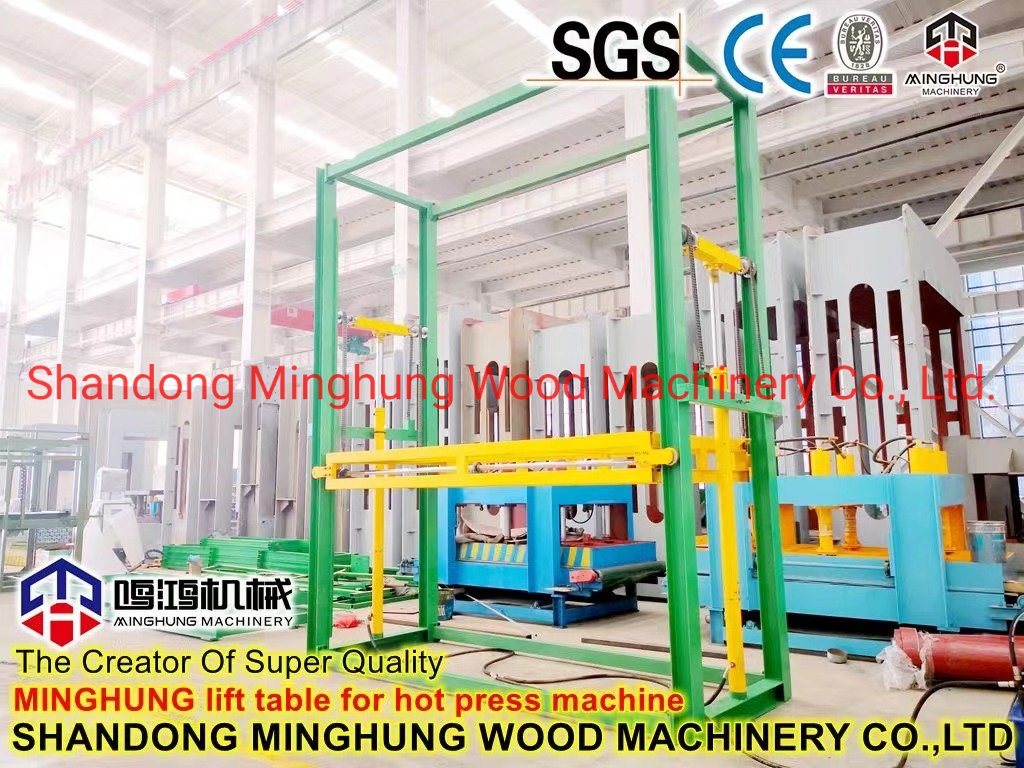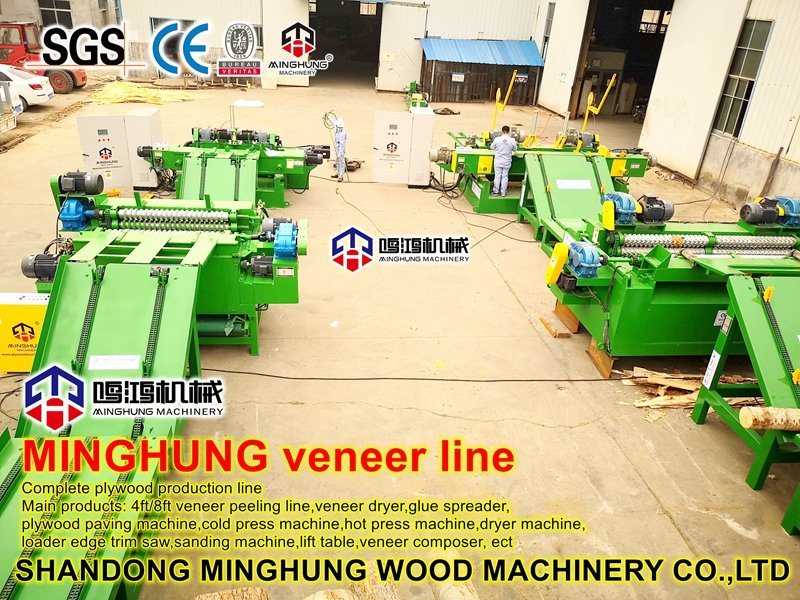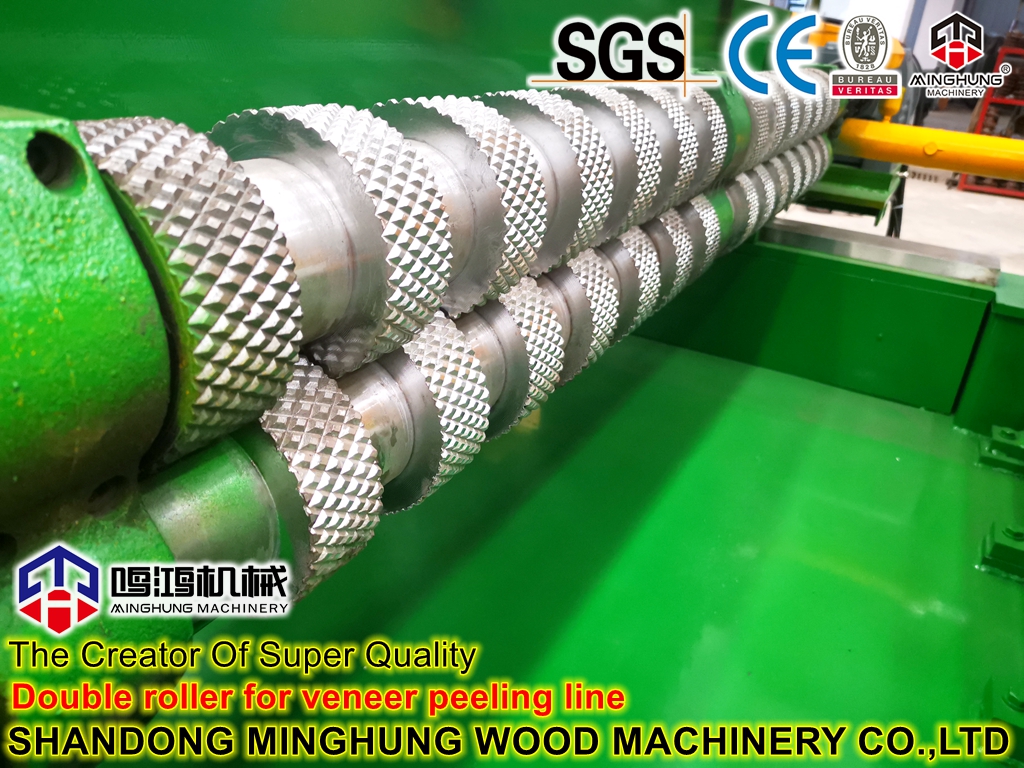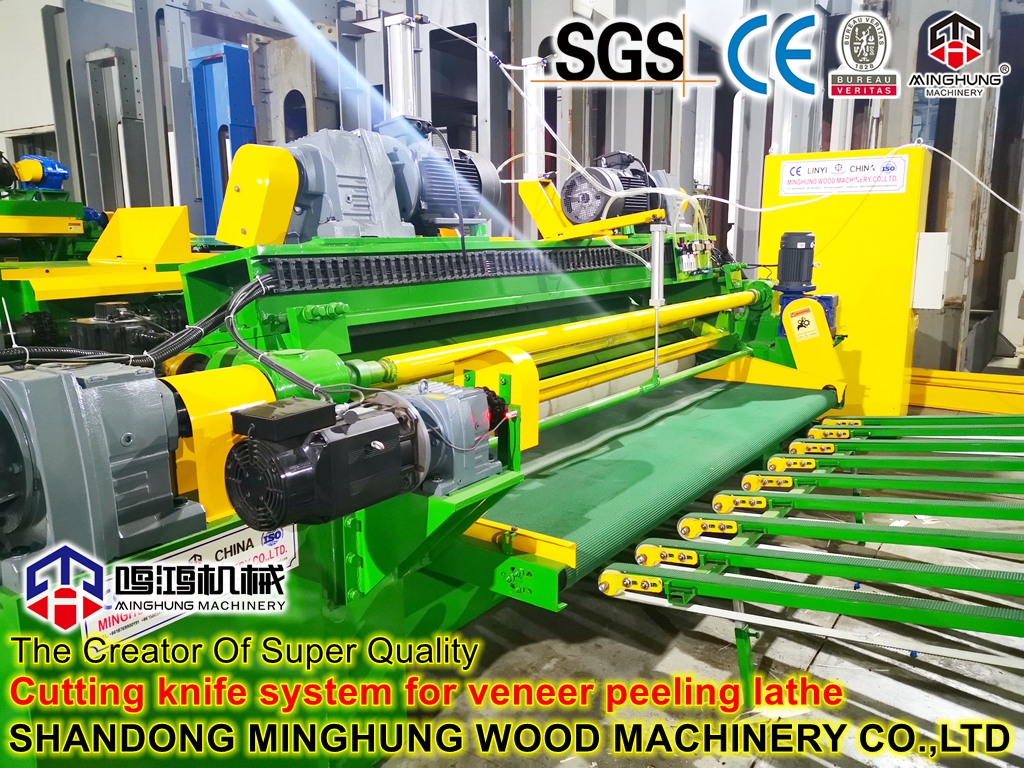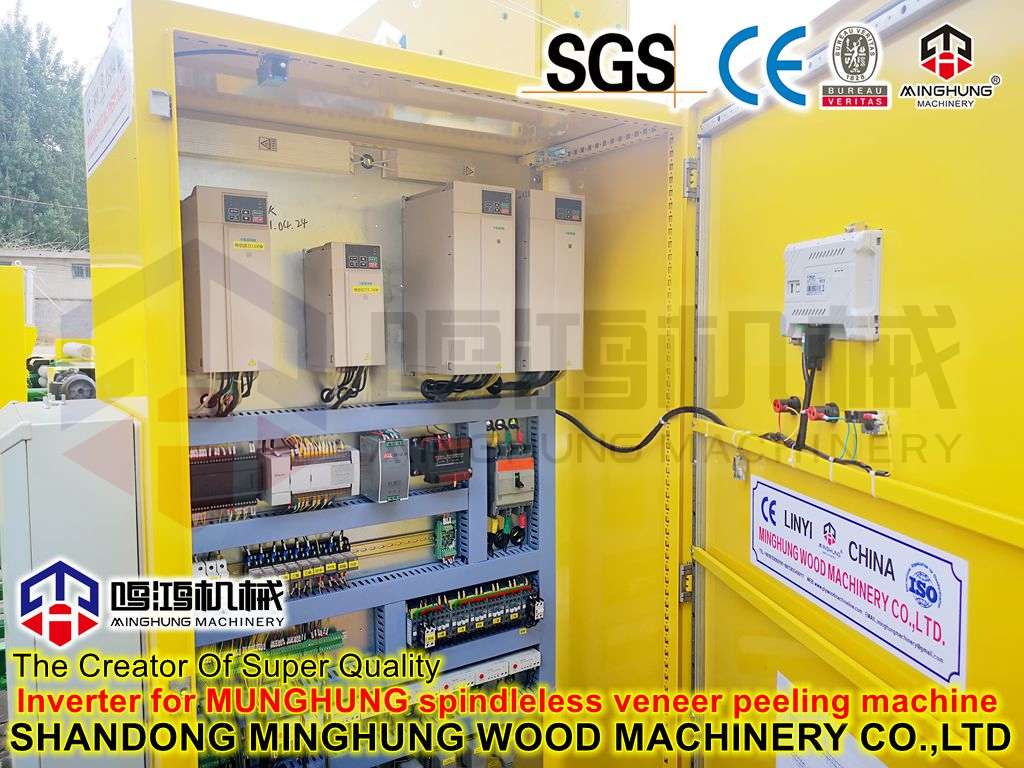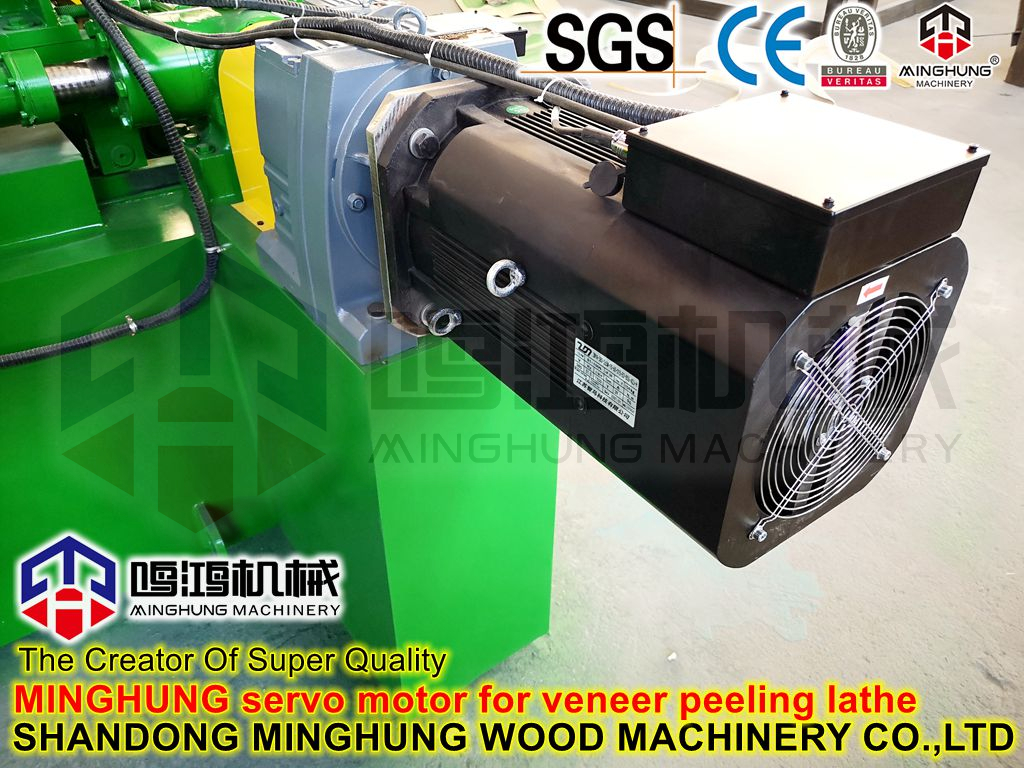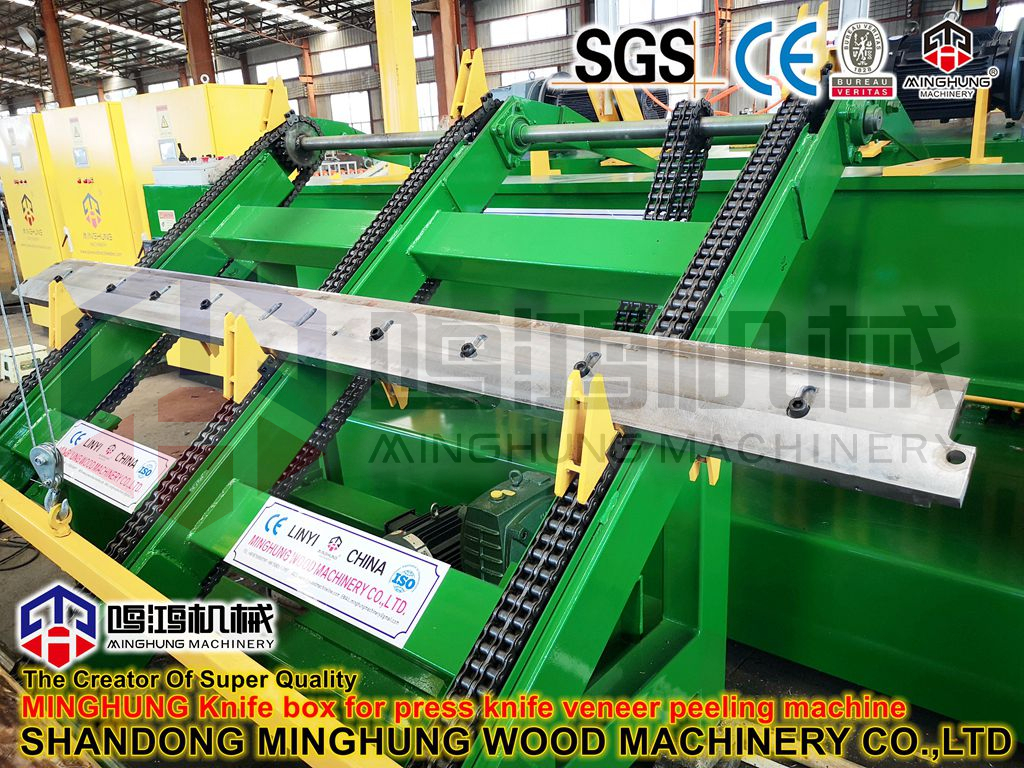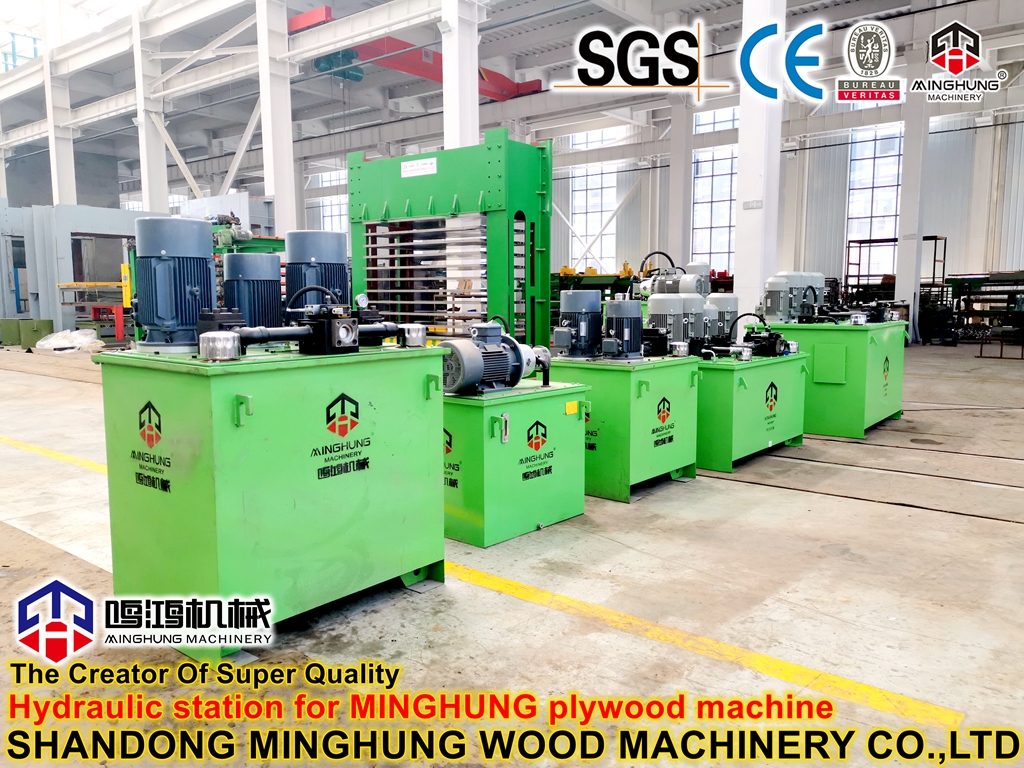Economic Type Veneer Peeling Machine

Product Overview
The Economic Veneer Peeling Machine is an entry-level production equipment specifically designed for small and medium-sized wood processing plants, startup workshops, and individual entrepreneurs with limited budgets. It forgoes the complex automation and expensive configurations of high-end models, focusing instead on the core peeling function. Through an optimized mechanical structure and proven electrical control systems, it achieves the best balance between cost and performance. The primary goal of this machine is to enable users to establish veneer production capabilities rapidly with the lowest initial investment, while ensuring stable and reliable output when processing common wood species.
 | Working Principle of an Economic Veneer Peeling Machine |
The working principle of an economic veneer peeling machine is based on the core concept of "fixed-axis rotation and tool carriage feed," which continuously peels a log into a thin sheet of veneer, similar to how a pencil sharpener works. The basic process is as follows:
1. Loading and Clamping: A pre-debarked log cut to a standard length is placed onto the machine via an overhead crane or manually. The left and right spindles (typically a drive spindle and a tailstock spindle) of the machine, driven hydraulically or mechanically, advance from both ends of the log, tightly gripping and clamping it. This securely supports the log on the main axis.
2. Drive and Rotation: The main motor, through a transmission system (e.g., belts, gears), drives the power spindle to rotate, thereby causing the clamped log to rotate uniformly around its central axis.
3. Tool Carriage Feed: Simultaneously, the knife carriage (tool holder), equipped with the peeling knife, is driven by the feed system (usually a lead screw-nut mechanism or hydraulic cylinder) to move towards the rotating log in a steady, continuous linear motion. This movement is perpendicular to the log's axis of rotation.
4. Peeling Formation: When the rotating log meets the linearly advancing peeling knife, the sharp blade shaves off a continuous thin sheet of wood from the log – this is the veneer. Theoretically, the veneer thickness equals the feed distance per revolution of the log. By adjusting this feed rate, the veneer thickness is controlled.
5. Veneer Output and Winding: The resulting continuous ribbon of veneer is conveyed away by rollers at the rear of the machine or falls naturally. Sometimes, a simple winding device is equipped to coil the veneer for easy handling and subsequent processing.
6. Log Diameter Reduction and Adjustment: As peeling proceeds, the log diameter decreases. On economic models, when the diameter reduces to a certain level (e.g., close to the spindle diameter), the spindles need to be retracted manually or semi-automatically to remove the remaining core, before starting the next log.
Core Characteristic: The kinematic relationship in an economic machine is usually fixed, meaning the "rotation" and "feed" maintain a constant ratio to ensure uniform veneer thickness. It lacks the complex functions of high-end models, such as automatic following spindles (which keep the log's maximum circumference in contact with the knife), thus requiring logs to be relatively round and resulting in a relatively higher core remnant rate.
 | Main Components |
An economic veneer peeling machine is primarily composed of the following major components:
1. Base and Bed: Serves as the foundational frame of the entire machine, typically welded from large-section steel and plates, often stress-relieved. It must possess sufficient rigidity and strength to withstand all vibrations and cutting forces during the peeling process, ensuring machining accuracy.
2. Spindle System:Used to clamp and drive the log rotation. It usually includes a Drive Spindle (motor-driven) and a Tailstock Spindle (slidable for adjusting and pressing against the log). The spindle heads have spikes or claws to bite into the log ends, providing rotational torque. This is one of the "heart" components of the peeler.
3. Knife Carriage Assembly:Carries the peeling knife and executes the feed motion. It mainly includes:
Knife Holder: The base that holds the peeling knife.
Peeling Knife: The core cutting tool, requiring high hardness, wear resistance, and sharpness.
Pressure Bar: A curved or bar-shaped component installed just in front of the knife edge. It pre-compresses the wood fibers before the knife cuts, preventing checks (splits) from forming on the back of the veneer, and also helps guide and curl the veneer as it exits smoothly.
Pressure Bar Holder: Used to fix and adjust the pressure bar.
4. Feed System:Drives the knife carriage to move forward steadily.
Common forms in economic machines include:
Lead Screw and Nut Mechanism: A precision lead screw, driven by a motor, rotates and moves the engaged nut along with the knife carriage. Simple structure, low cost.
Hydraulic Cylinder: Utilizes the hydraulic system to push the cylinder's piston rod, thereby driving the knife carriage forward. Capable of providing greater thrust.
5. Transmission System:Transmits power from the motor to the spindle system and the feed system. It typically includes the motor, pulleys, gearboxes, gears, and chains. It ensures the coordination between the rotary motion and the feed motion.
6. Control System:The control system for economic models is relatively simple. It usually consists of an Electrical Control Cabinet containing contactors, relays, frequency inverters (optional), etc. Buttons, switches, and simple indicator lights on the panel are used for basic operations like starting, stopping, and speed adjustment.
 | Core Design Philosophy |
Practicality First: Streamlines non-essential functions, retaining and optimizing the core peeling unit to ensure the equipment is robust and durable.
Cost Control: Utilizes standard, market-proven components, significantly reducing manufacturing and maintenance costs.
Ease of Operation: Simplified operational procedures require low technical skill from operators, who can start working after basic training.
Easy Maintenance: The intuitive mechanical structure allows users to troubleshoot common issues themselves, with parts being widely available and inexpensive.
 | Target Users & Applications |
Startups: Entrepreneurs looking to enter the veneer production industry without substantial initial capital.
SMEs: Small and medium-sized factories needing to expand capacity or set up auxiliary production lines, seeking a quick return on investment.
Specific Material Processing: Processors specializing in softwoods or fast-growing woods like poplar, eucalyptus, or fir.
Secondary Suppliers: Satellite workshops that supply primarily processed veneer to large plywood mills.
 | Key Features & Configuration |
1. Mechanical/Hydraulic Drive: Typically employs a simple, easy-to-maintain mechanical transmission or basic hydraulic system as the power core, known for stability and reliability.
2. Spindle-Type Design: Most economic models use a spindle-type structure, where the log is held and rotated by chucks, making it suitable for logs of fixed specifications and based on mature technology.
3. Basic Knife Carriage Structure: The knife carriage is rugged. While it may lack automatic compensation, manual or semi-automatic adjustment still ensures acceptable veneer thickness uniformity.
4. Standard Motor & Control System: Equipped with standard motors and basic electrical control panels, resulting in low operating costs and simple circuit repairs.
5. Manual or Semi-Automatic Loading: Often requires crane assistance or manual loading, which reduces the complexity and cost of the machine itself.
 | Typical Technical Parameters |
Max. Peelable Log Length: 1300mm - 2600mm
Max. Peelable Log Diameter: Φ400mm - Φ600mm
Veneer Thickness Range: 0.8mm - 3.5mm (Adjustable)
Main Motor Power: 15kW - 22kW (Model dependent)
Control Mode: Manual Push Button / Semi-Automatic PLC Control
Overall Dimension (approx.): L 4.5m x W 1.8m x H 1.5m
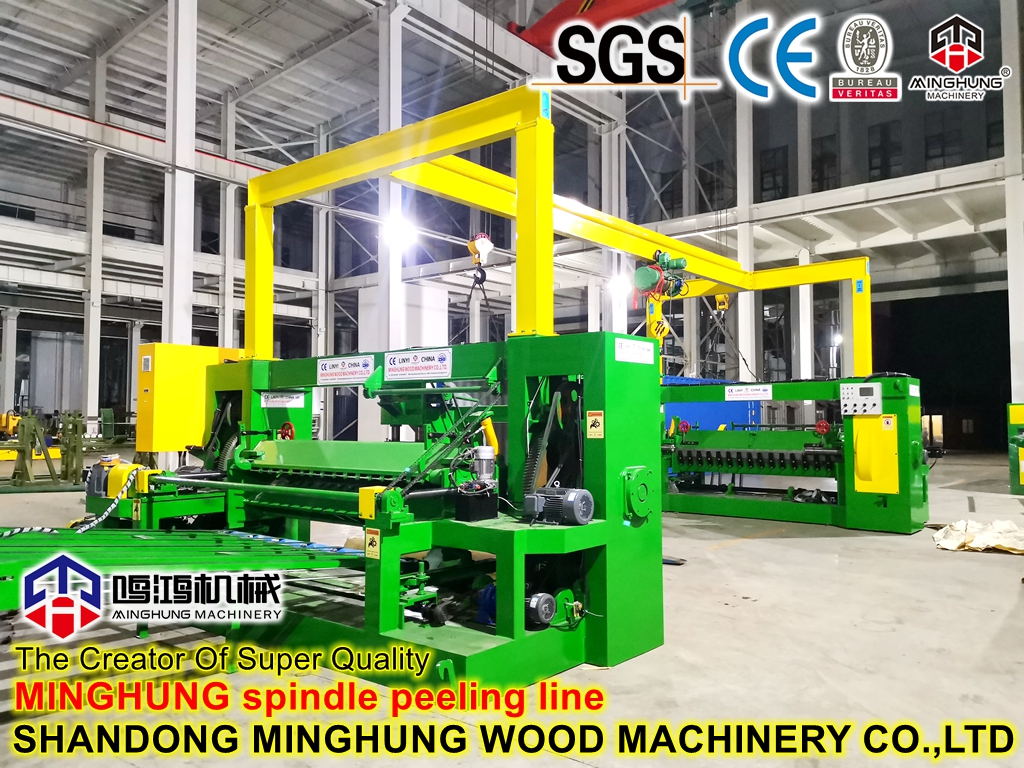
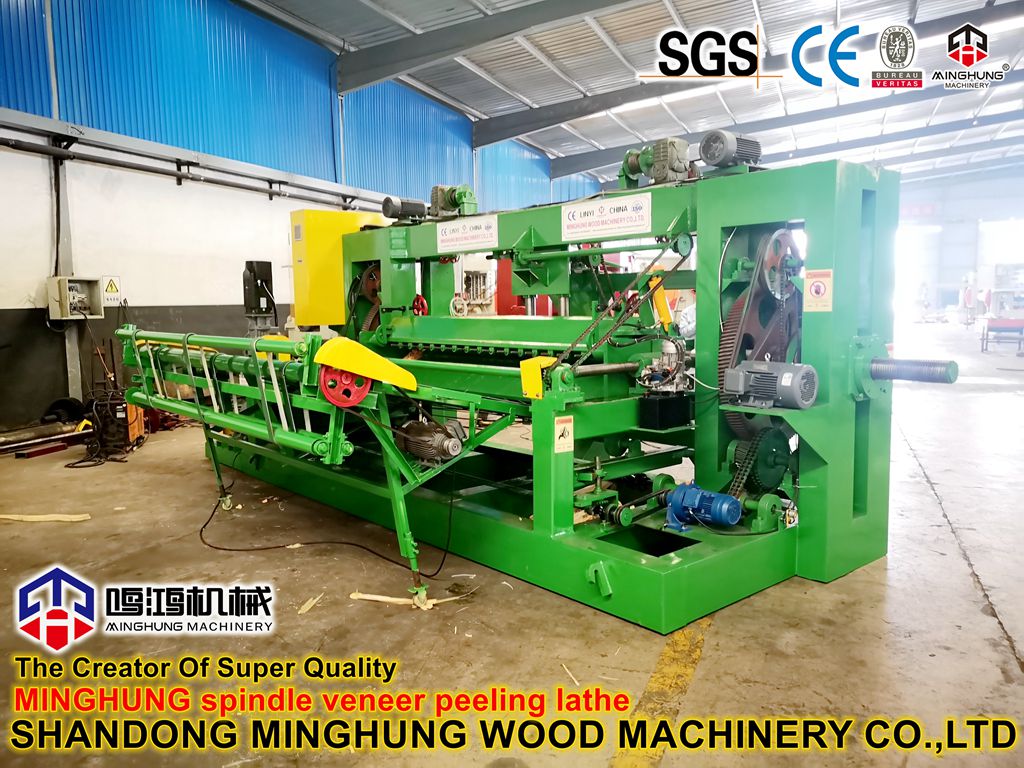
 | Reasons to Choose an Economic Veneer Peeling Machine |
Very Low Entry Barrier: Allows you to easily acquire in-house veneer production capability at a fraction of the cost of automated production lines.
Excellent Return on Investment (ROI): Low equipment depreciation cost enables a faster payback period while meeting basic production needs.
Wide Applicability: Perfectly capable of processing mainstream fast-growing woods like poplar and eucalyptus. The produced veneer is suitable for plywood, construction templates, packing boards, etc.
Strong Market Resilience: Maintains strong viability even during market fluctuations due to its low operating costs and flexibility.
The Economic Veneer Peeling Machine is not a low-quality product but a perfect embodiment of "value engineering." Through precise functional positioning and cost optimization, it provides a highly practical and efficient production solution for a specific user group. If you are looking for an entry-level machine that can be put into production immediately, does not add financial burden, and can generate steady profits for you, the Economic Veneer Peeling Machine is undoubtedly a wise choice.
Contact us for a free quote today!
Our contacts:
Whatsapp: +8618769900191 +8615589105786 +8618954906501
Email: osbmdfmachinery@gmail.com

